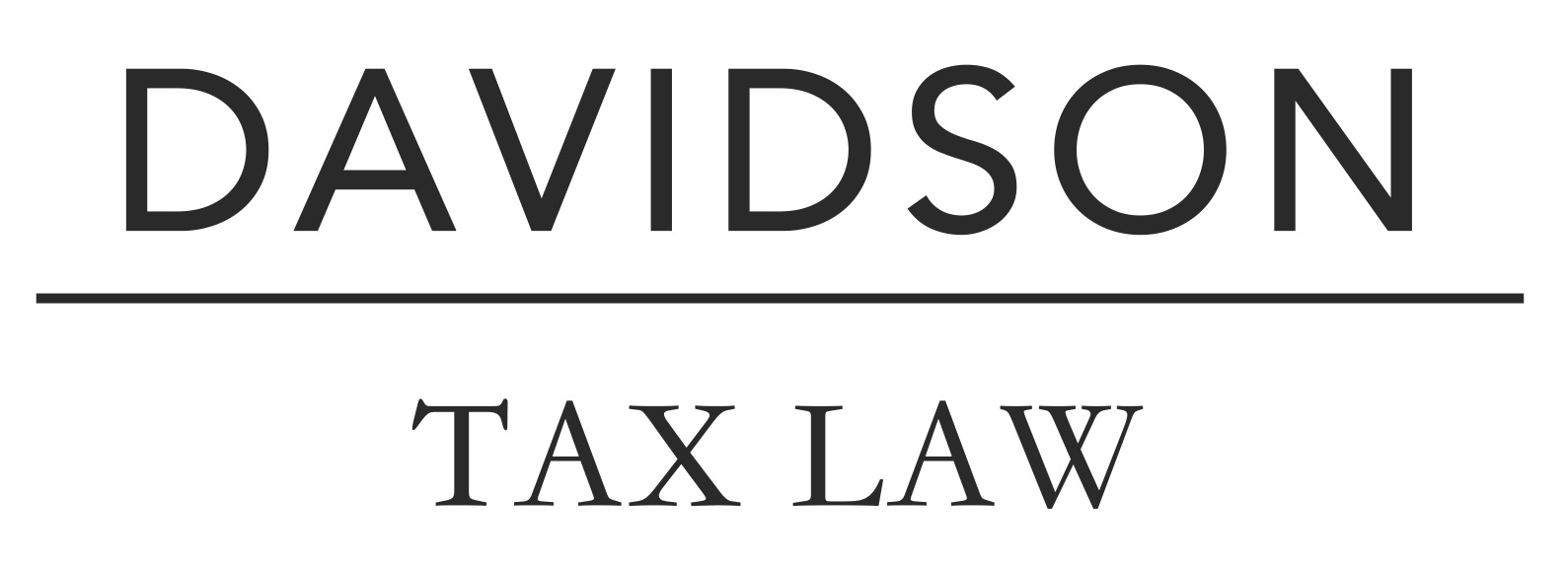When the law is just right…
The Taxman wants you to prosper and grow your business… So you’ll be an even bigger taxpayer in the future!
Adopting the right business structure is a critical part of running and growing a business.
The Small Business Restructure Roll Over[1] capital gains tax concession (‘SBRR’) is a commendable 2016 addition to our tax law that provides businesses with turnover of up to $10m incredible flexibility to adapt their legal structure to changing business circumstances.
SBRR is best thought of a way to restructure the legal form of a continuing business without triggering capital gains tax liabilities. It can allow for example, the transfer of all of the shares in a company owned by a single shareholder to a family trust, of which that shareholder is a member of the family group (subject to the shares meeting the relevant active asset requirements).
SBRR is not a concession for business owners to shift assets to an SMSF, prepare for a sale or undertake intergenerational wealth planning.
Other taxes, i.e. Stamp Duty, may still apply to a transaction or restructure that qualifies for SBRR.
Requirements
A genuine restructure of an ongoing business
SBRR applies to transactions that are, or are part of a genuine restructure of an ongoing business. It is intended to apply to transactions undertaken to facilitate growth, adapt to changing conditions or reduce administration costs.
Reasonable tax considerations are legitimate factors in undertaking a genuine restructure.[2]
SBRR is not intended to apply to transactions undertaken in relation to optimising divestment or exit outcomes, ‘as a preliminary step’ to realising assets, winding down a business or transferring wealth between generations.[3]
How is ‘genuine’ assessed?
All of the circumstances surrounding the restructure are relevant for determining if a transaction is a genuine restructure of an ongoing business.[4]
A Safe Harbour
A transaction is also considered to be a genuine restructure of an ongoing business where there is no change in ultimate economic ownership of any of the significant assets of the business, other than trading stock, for 3 years following the transaction.[5]
Each party must be a Small Business Entity
SBRR is generally available to business with an aggregated annual turnover of up to $10m.[6]
Other small business capital gains tax concessions have substantially lower annual turnover thresholds and as well as maximum asset limits.
No material change to Ultimate Economic Ownership
The transaction can’t have the effect of materially changing ultimate economic ownership of an asset.[7]
Discretionary Family Trusts – Added flexibility
Significantly, under SBRR, an asset can be transferred in or out of a Discretionary Family Trust where the individual concerned is member of a family group immediately before and after the transaction.
Only applies to Active Assets
SBRR is only available on the transfer of Active Assets.
Generally, an Active Asset[8] is an asset you use use in the course of running your business. It excludes most shares, financial instruments and investment properties.For more information of what is an Active Asset, read our article.
Relavent parties must meet Residency Requirements
Entities wishing to utilise the SBRR (this includes both the transferee and transferee) are required to be resident of Australian for tax purposes:
-An individual or a company[9] must be an Australian Tax Resident;[10]
-A trust[11] must be a resident trust for CGT purposes;[12]
-A partnership[13] must have at least one partner who is an Australian Tax Resident[14]; or
-A corporate limited partnership[15] a resident for the purposes of the income tax law.[16]
Both parties must choose to apply the Restructure Rollover Provision
Because the SBRR ignores the capital gains event that may otherwise arise from a transaction by moving the relevant asset value from the transferor to the transferee, both parties must apply the SBRR.[17]
Not available to Superannuation funds or Exempt Entities
SBRR is not available[18] on the transfer assets into a complying superannuation entity,[19] including SMSF, or an exempt entity.[20]
Other small business capital gains tax concession may however be available if you are a small business owner contemplating realising of assets in anticipation of retirement.[21]
With unusual flexibility and a generous turnover eligibility threshold, adopting the optimal business structure has never been easier.
We are experts in determining your optimal business structure for tax, asset protection and other considerations. If you would like assistance in determining which structure best meets circumstances or further information about SBRR, we would be delighted to hear from you. Get in touch
[1] Tax Laws Amendment (Small Business Restructure Roll-over) Bill 2016, passed 29 February 2016, available for income years commencing 1 July 2016, see s328G of the Income Tax Assessment Act 1997 (Cth), (‘ITAA 1997’).
[2] Australian Taxation Office, Small Business Restructure Roll-Over: Genuine restructure of an ongoing business and related matters, (LCR 2016/3, 1 July 2016), paras 8-9, (‘LCR 2016/3’).
[3] Ibid para 10.
[4] LCR 2016/3 (n 2) para 5.
[5] s328-435 (a) ITAA 1997; Note s328-435 (b) also requires that the assets continue to be active assets; and s328-435 (c) requires there be no significant or material use of those assets for private purposes.
[6] s328-110 (1) and s328-110 generally of ITAA 1997.
[7] s328-430 (1) (c) ITAA 1997.
[8] s152-40 ITAA 1997.
[9] s328-430 (1) (e), s328-445 (a) ITAA 1997.
[10] s6-1 Income Tax Assessment Act 1936 (Cth), (‘ITAA 1936’).
[11] s328-430 (1) (e), s328-445 (b) ITAA 1997.
[12] s995-1 ITAA 1997.
[13] s328-430 (1) (e), s328-445 (c) ITAA 1997.
[14] s6-1 ITAA 1936.
[15] s328-430 (1) (e), s328-445 (d) ITAA 1997.
[16] s94T ITAA 1936.
[17] s328-430 (1) (f) ITAA 1997.
[18] s328-430 (2) ITAA 1997.
[19] s995-1 ITAA 1997.
[20] s995-1 ITAA 1997.
[21] s152D ITAA 1997.

